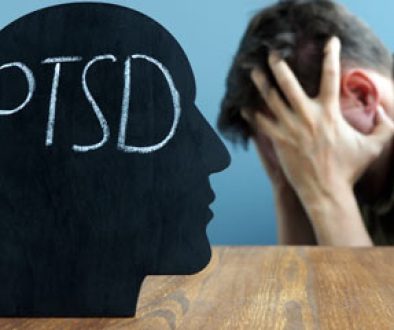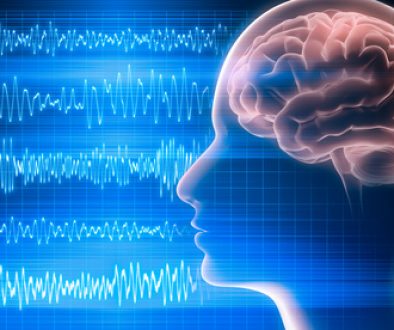Autism

We have had great success at improving the level of functioning in our autistic patients by using neurofeedback and nutrition in addition to present medical care. The following is from Healing Young Brains by Eduardo Castro, M.D. and Robert Hill, Ph.D. They relate to over 30 years helping Autism patients:
“Autism: It is one of those words that strikes fear in the hearts of parents. It was a rare diagnosis years ago, and now is a seeming epidemic. Medical researchers say no, not an outbreak, just better at diagnosing. This is typical of controversies that surround autism. The whole topic is filled with controversy, disagreement, and debate.
We begin this book with autism because it is so prevalent, so devastating, and, to parents who have not yet been guided to the very real treatment options for autism, so terrifying and hopeless. If there is hope with autism, there is hope for anything. We state with conviction. There is more than hope.
In this chapter, we discuss major topics: what autism is, what it is not, how neurofeedback can play a central role in its treatment, and other terrific treatment options.
Autism is a developmental disorder that can disrupt communication, relationships, behavior, and physiology. It strikes seemingly normal infants and toddlers, usually by age three. It causes lifelong struggles that range from mild to severe. The effects on the lives of the children stricken and on their families range from difficult and sad to catastrophic and heartbreaking.
Diagnosis: Conventional medicine considers autism a psychosocial disorder, and one that has a strong genetic component. It is not thought to be curable, so approved treatments include drugs and various therapies designed to improve functioning, such as speech therapy and/or behavior modification. The diagnosis is based on the criteria in the Diagnostic and Statistical Manual of Mental Disorders, Fourth Edition (DSM-IV), published by the American Psychiatric Association.
In brief, the conventional medical understanding of autism is:
.Autism is a psychosocial disorder, largely determined by genetics.
.Autism has been generally present in the population for some time, though it is now better recognized, largely due to changes in the diagnosis criteria.
.Treatment should focus on reducing the severity of symptoms and troublesome behaviors.
AN OLD DISORDER OR A NEW EPIDEMIC?
Has autism been around a long time in steady numbers or have its numbers exploded? The answer is important because it will determine our approach to treatment. If conventional medicine is right and the increased number of children in the autistic spectrum is due to better diagnosing, there should be high fives all around for getting good, real good at identifying so many of those children who had been missed. And attention will continue to focus on genetic research, brain imaging and the development of new drugs.
If the answer is that the autism we see today is a new and frightening outbreak, it is very different matter because it will direct our full attention to identifying the recent changes that are causing it. This answer will indicate that the genetic component is a built-in vulnerability and not a life sentence, and also that the abnormal brain imaging is documenting disease processes, not evidence of defectively designed brains.
For more than thirty years, we have worked in the field that diagnoses and treats autism. We find it hard to understand how we could have missed seeing so many children whose lives and whose families’ lives were so colossally disrupted by the bewildering array of symptoms and behaviors that we routinely see in today’s autistic children. And it is not just the numbers that are different. The autistic child of yesteryear, that sad, rare case we saw every few years, bears little resemblance to today’s child. We are seeing not just more in numbers, but also a more severe form.
YOUNG BRAINS UNDER ASSAULT–AUTISM IS A BIOLOGICAL DISORDER:
We also disagree with the conventional medical assertion that autism is a psychosocial disorder primarily determined by genetics. It simply does not fit the clinical experience of those who do not accept the conventional view. Informed parents and clinicians who have attacked autism as a medical illness tell a very different story. Parents who have worked tirelessly to optimize their children’s nutrition and systematically eliminate potentially harmful substances tell about the important progress their children have made. In clinics that treat these children with methods such as neurofeedback and detoxification, the progress is often remarkable. It is clear that the severe psychological problems are the result of treatable physiological disruptions. In some cases, there is complete cure.”



